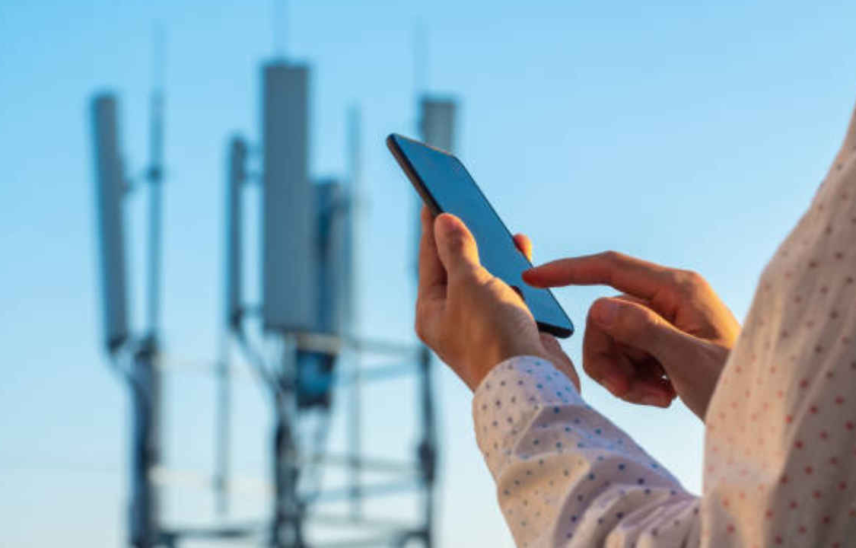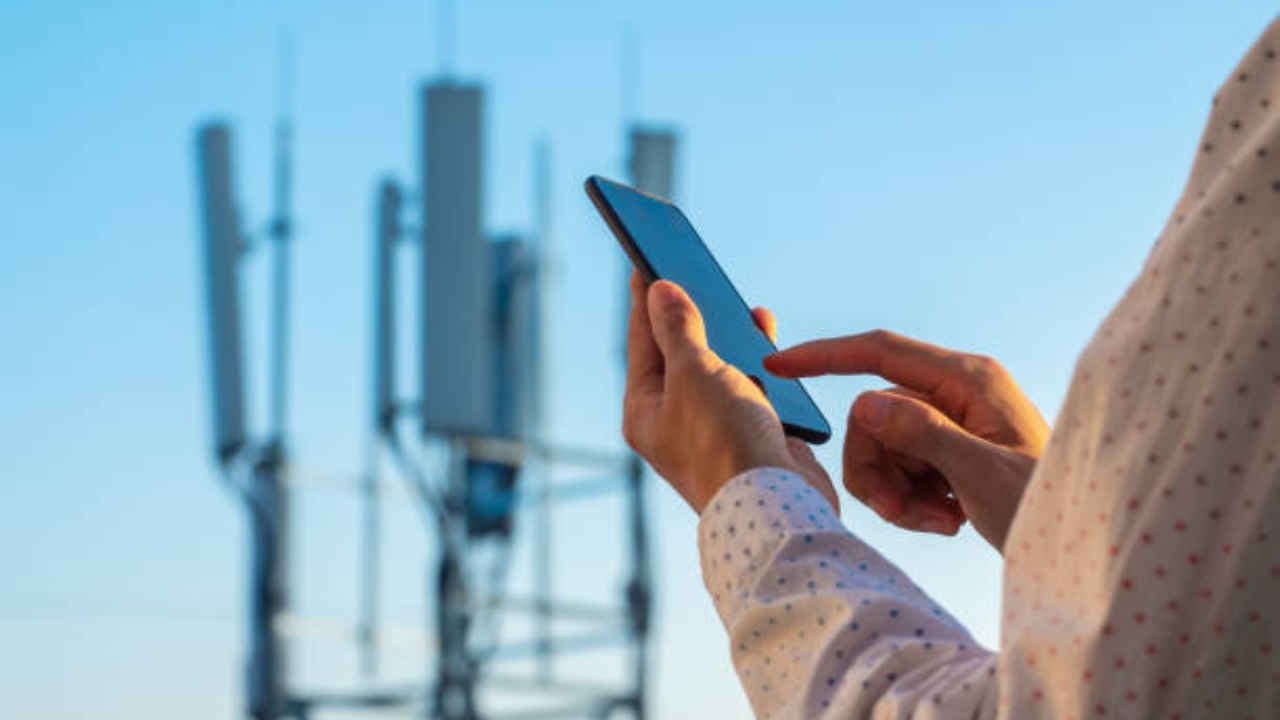
- Home
- Managed Services
- Cyber Security
- Blog
- About Us

We 365 Admin Support, just simplify your IT problems
Call for a free support. +91 96666 59505Platform Partnership
- Who We Help
- Shop
- Contact
- News






HIGHLIGHTS
Table of Contents
ToggleThe Indian government has made significant strides in enhancing mobile connectivity by introducing the Intra Circle Roaming (ICR) service. This innovative service enables users to make phone calls in areas afflicted by weak network signals, effectively broadening their connectivity options. With ICR, users are no longer confined to their specific telecom provider’s network; instead, they can seamlessly connect to available networks, maintaining uninterrupted access to both voice calls and 4G data even in regions where signal strength is inadequate.
The launch of ICR was marked by a special event focused on improving connectivity in rural and remote parts of the nation. During the event, a demonstration showcased 4G mobile sites funded through the Digital Bharat Nidhi (DBN), a government initiative aimed at promoting digital connectivity. A key takeaway from this presentation was the commitment from telecom companies to share infrastructure available at those DBN-funded towers, bringing a new layer of reliability and accessibility to mobile services.
Furthermore, it is vital to note that this collaborative effort means that users are no longer restricted to the service provided by their own telecom operator. If a user’s network experiences downtime, their device can automatically switch to another available network on the same tower. This feature is particularly beneficial in critical situations where maintaining communication is essential.
The ICR initiative aims to significantly enhance mobile coverage for more than 35,000 villages by leveraging the vast network of nearly 27,000 mobile towers strategically positioned across the country. Historically, these DBN-funded towers were only accessible to the telecom operators that installed them, leaving many users without viable network options in those locales. With the rollout of ICR, a new chapter unfolds for mobile users in these underserved areas, as now all telecom operators will have access to the infrastructure, leading to vastly improved connectivity where it matters most.
By implementing ICR, customers can expect a decrease in dropped calls and a noticeable increase in data speeds—even in places that have long struggled with inadequate mobile service. The overarching goal of the ICR initiative is to ensure that every user, regardless of their telecom operator, can enjoy reliable and efficient mobile connectivity.
Additionally, this collaboration among telecom providers promises to optimize the mobile infrastructure, resulting in lower operational costs for the operators and enhanced service delivery for users, particularly in rural and remote regions where the need is most pronounced. With the combined expertise and resources of multiple operators, the quality of mobile services is set to improve, creating a more interconnected and digitally inclusive environment.
As mobile technology continues to evolve, initiatives like the ICR will be critical in bridging the connectivity gap between urban and rural areas. The Indian government’s proactive approach towards enhancing digital infrastructure exemplifies a commitment to fostering growth and ensuring that modern communication technologies reach every corner of the country.
In conclusion, the Intra Circle Roaming service represents a significant leap forward in mobile connectivity in India, driven by collaboration and shared infrastructure. As more users benefit from this initiative, we can expect a stronger digital ecosystem that supports both personal and economic growth, particularly in regions that have historically been underserved.